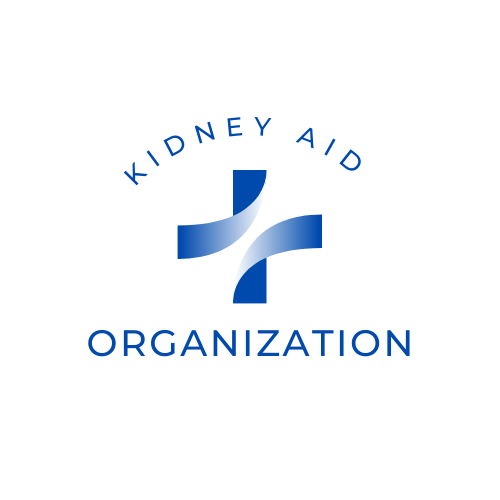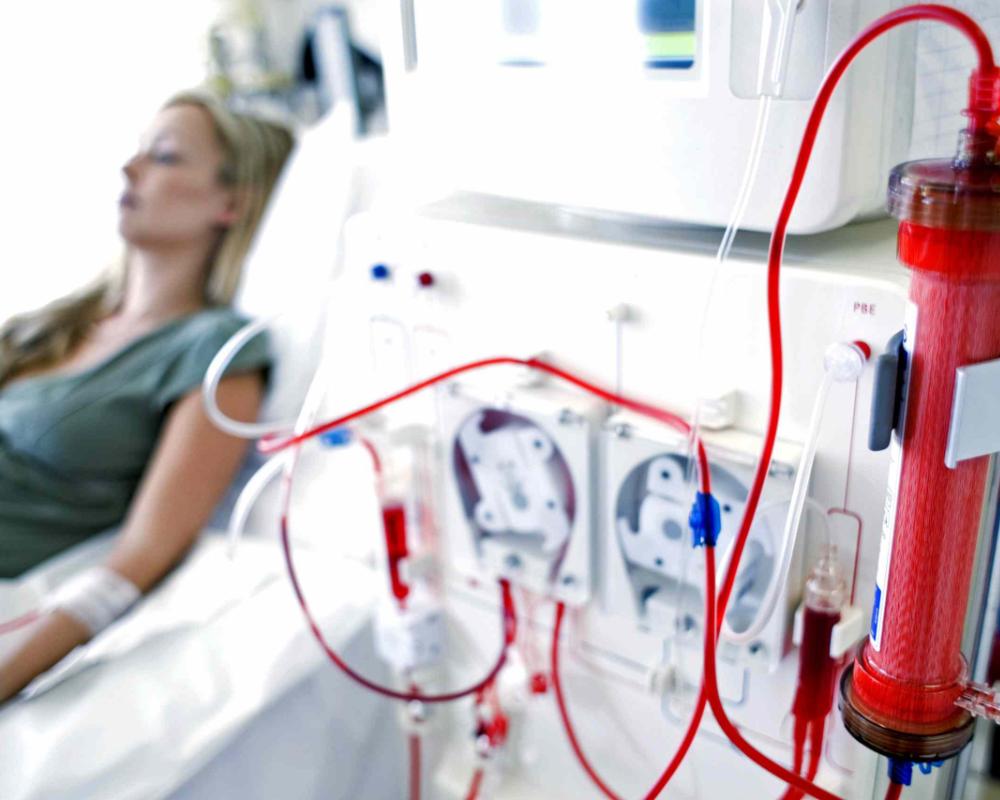Acute kidney disease (AKD), also known as acute kidney injury (AKI), is a sudden loss of kidney function that can occur due to infections, dehydration, medication toxicity, or other underlying conditions. Proper nutrition plays a crucial role in supporting kidney recovery and preventing further damage.
In this guide, we’ll explore the best diet for acute kidney disease, including key nutrients to monitor, foods to eat, foods to avoid, and expert dietary recommendations.
Understanding Acute Kidney Disease (AKD)
Before diving into dietary recommendations, it’s important to understand how AKD affects the body. The kidneys filter waste, regulate electrolytes, and maintain fluid balance. When they malfunction, toxins can build up, leading to complications like:- Fluid retention (swelling in legs, hands, or face)
- High potassium levels (hyperkalemia, which can affect heart function)
- Elevated phosphorus (leading to bone and heart problems)
- Increased urea levels (causing nausea and fatigue)
Key Dietary Guidelines for Acute Kidney Disease
1. Control Protein Intake
Protein is essential for tissue repair, but excessive amounts can strain the kidneys.- Recommended: 0.6–0.8 grams of protein per kg of body weight (unless on dialysis).
- Best sources: High-quality proteins like eggs, lean poultry, and fish.
- Limit: Red meat and processed meats, which increase kidney stress.
2. Monitor Sodium (Salt) Intake
Too much sodium leads to fluid retention and high blood pressure.- Recommended: Less than 2,000 mg per day.
- Avoid: Processed foods, canned soups, fast food, and salty snacks.
- Choose: Fresh herbs, lemon juice, and salt-free seasonings for flavor.
3. Manage Potassium Levels
Damaged kidneys struggle to regulate potassium, which can cause dangerous heart rhythms.- High-potassium foods to limit: Bananas, oranges, potatoes, tomatoes, spinach.
- Lower-potassium alternatives: Apples, berries, cabbage, green beans.
4. Watch Phosphorus Intake
Impaired kidneys can’t remove excess phosphorus, leading to bone and heart issues.- Foods high in phosphorus: Dairy products, nuts, seeds, processed foods with additives.
- Better choices: Fresh fruits, vegetables, and lean proteins in moderation.
5. Stay Hydrated (But Not Overhydrated)
- If fluid retention is an issue: Limit fluids as per doctor’s advice.
- If dehydrated (due to vomiting/diarrhea): Sip water or electrolyte solutions carefully.
6. Limit Added Sugars and Refined Carbs
High blood sugar can worsen kidney damage, especially in diabetic patients.- Avoid: Sodas, candies, pastries, and sugary cereals.
- Choose: Whole grains, fruits (in moderation), and fiber-rich foods.
Sample Meal Plan for Acute Kidney Disease
Breakfast
- Scrambled egg whites with a slice of whole-grain toast
- Sliced apples (low potassium)
- Herbal tea or limited water
Lunch
- Grilled chicken breast with steamed green beans
- White rice (lower in phosphorus than brown rice)
- Olive oil and lemon dressing
Snack
- Unsalted rice cakes with a small portion of blueberries
Dinner
- Baked fish (cod or tilapia) with roasted cabbage
- Small portion of pasta with garlic and olive oil
Fluids
- Follow doctor’s recommendations (may include limited water, herbal teas).
Foods to Avoid with Acute Kidney Disease
To prevent complications, steer clear of:- Processed meats (bacon, deli meats, sausages)
- High-sodium foods (chips, pickles, canned soups)
- High-potassium foods (avocados, bananas, dried fruits)
- Dairy products (if phosphorus is high)
- Dark sodas (high in phosphorus additives)
When to Seek Professional Guidance
Since nutritional needs vary based on kidney function, underlying conditions, and lab results, it’s crucial to work with a:- Nephrologist (kidney specialist)
- Renal dietitian (for personalized meal planning)
Final Thoughts
The best diet for acute kidney disease focuses on reducing kidney workload while providing adequate nutrition. Key strategies include moderating protein, controlling sodium and potassium, and staying mindful of fluid intake. Always consult a healthcare provider before making major dietary changes, especially in acute cases. By following these guidelines, patients can support kidney recovery and improve overall health outcomes. (Disclaimer: This post is for informational purposes only and should not replace medical advice. Always consult a healthcare professional for personalized recommendations.)Want To Lower Creatinine Levels, Improve Kidney Function, And Safeguard Your Kidneys From Further Damage? Are you tired of living under the shadow of kidney disease? Are you yearning for a life free from the shackles of dialysis, kidney failure, and the looming threat of kidney transplants? If so, you're in the right place at the right time.
Imagine waking up every morning with boundless energy, feeling rejuvenated and ready to take on the day. Envision a life where your kidneys are functioning optimally, and you no longer dread the burdensome routines of dialysis sessions. The Kidney Disease Solution Program is here to turn that vision into reality for you.
Imagine waking up every morning with boundless energy, feeling rejuvenated and ready to take on the day. Envision a life where your kidneys are functioning optimally, and you no longer dread the burdensome routines of dialysis sessions. The Kidney Disease Solution Program is here to turn that vision into reality for you.


